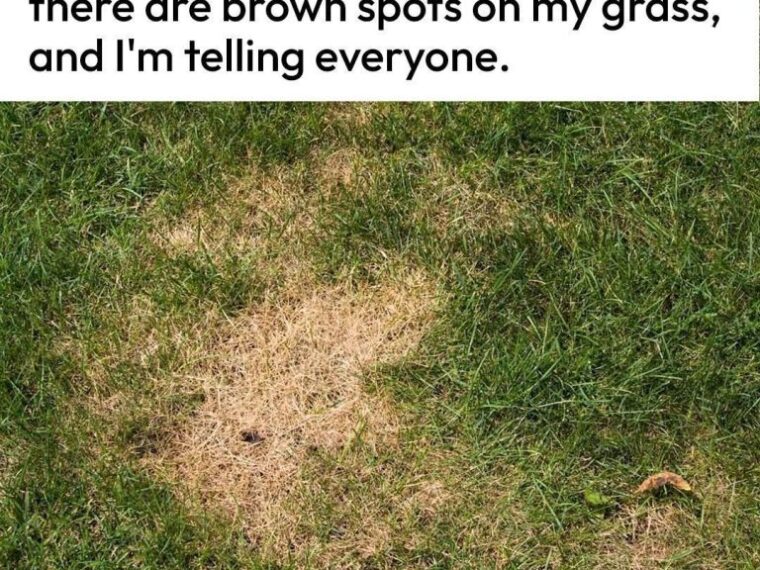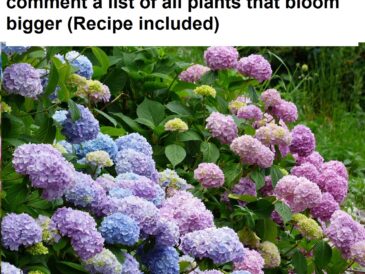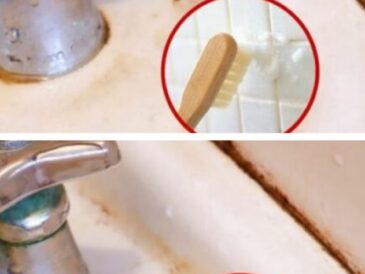4. Improper Watering Practices
Both under-watering and over-watering can lead to brown patches. Grass needs consistent moisture, but waterlogged soil suffocates roots, while prolonged drought dries them out.
Solution:
-
Water deeply but less frequently (about 1 inch of water per week).
-
Water early in the morning to reduce evaporation.
-
Check sprinkler coverage to ensure even watering.
5. Chemical or Fertilizer Burns
Applying too much fertilizer or spilling chemicals like gasoline, pesticides, or herbicides can burn the grass. This leads to localized brown or yellow spots.
Solution:
-
Follow fertilizer application instructions carefully.
-
Immediately rinse off any spills with plenty of water.
-
Repair damaged spots by reseeding.
Restoring Your Lawn’s Health
Once you identify the specific reason behind the brown spots, the repair process becomes easier. For most causes, the combination of reseeding, proper watering, and soil improvement can revive dead patches within a few weeks. Patience is key—grass takes time to recover, but with consistent care, your lawn will return to its lush, green state.
👉 Final Tip: Brown spots are not always a sign of poor lawn care—they often indicate a specific issue such as pets, fungi, or soil problems. By paying close attention and addressing the cause, you can protect your lawn and keep it healthy year-round.





